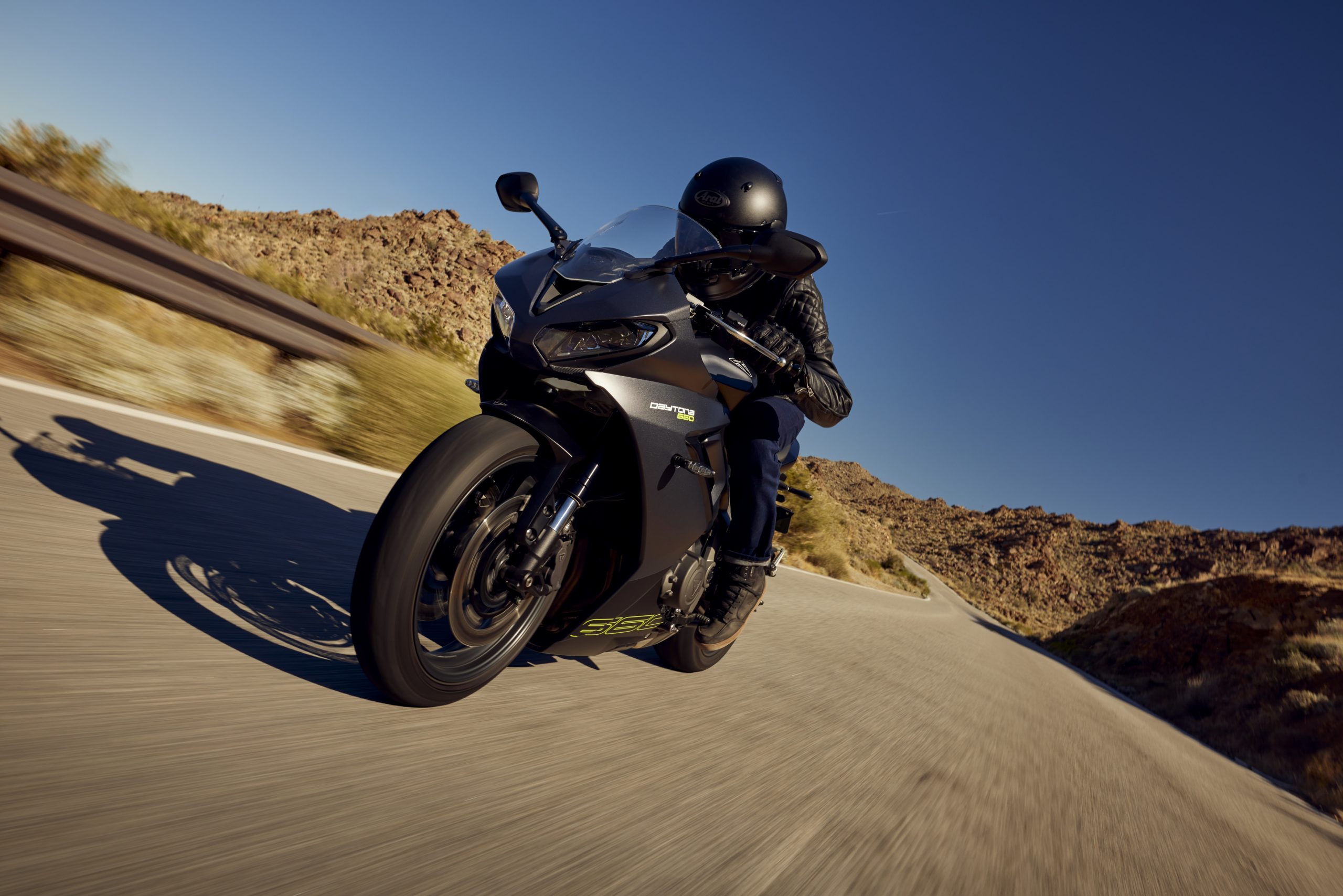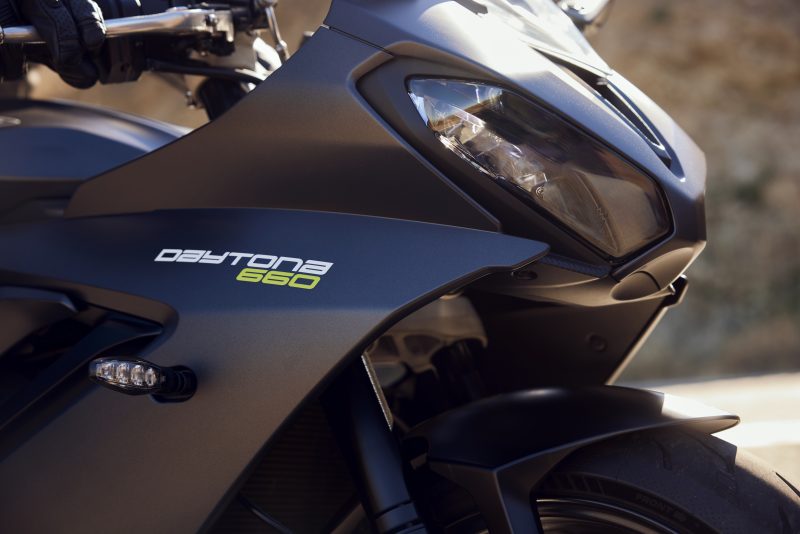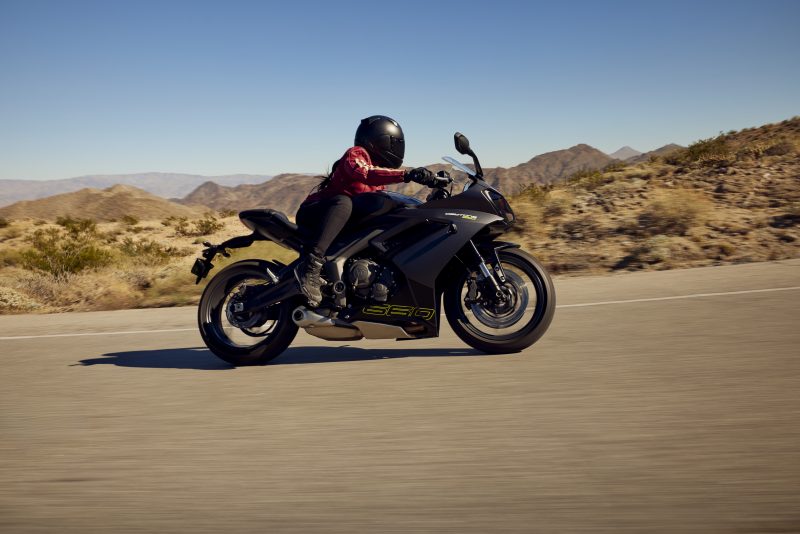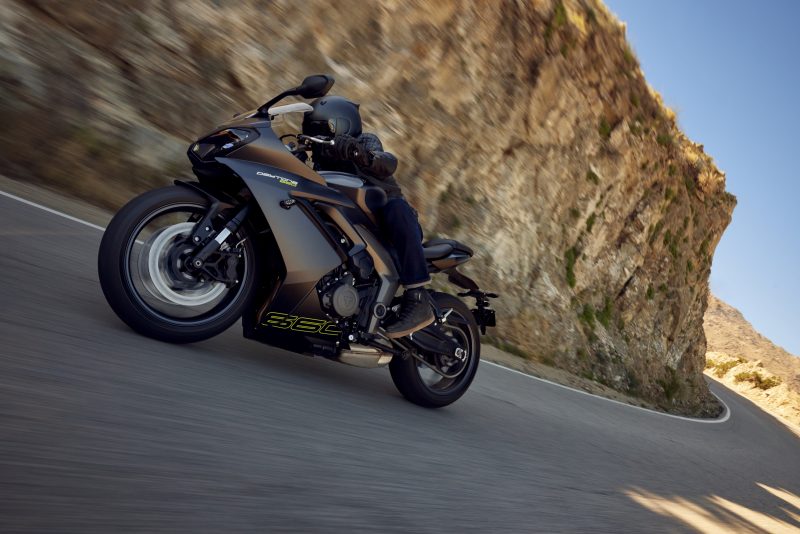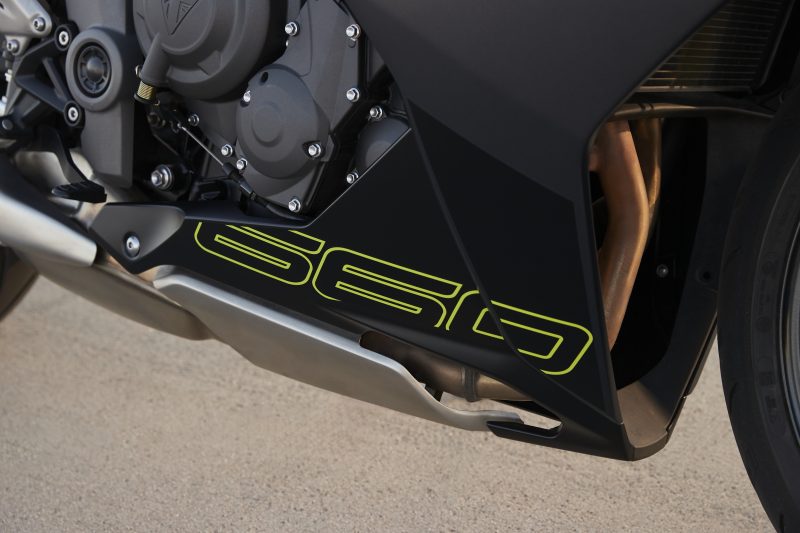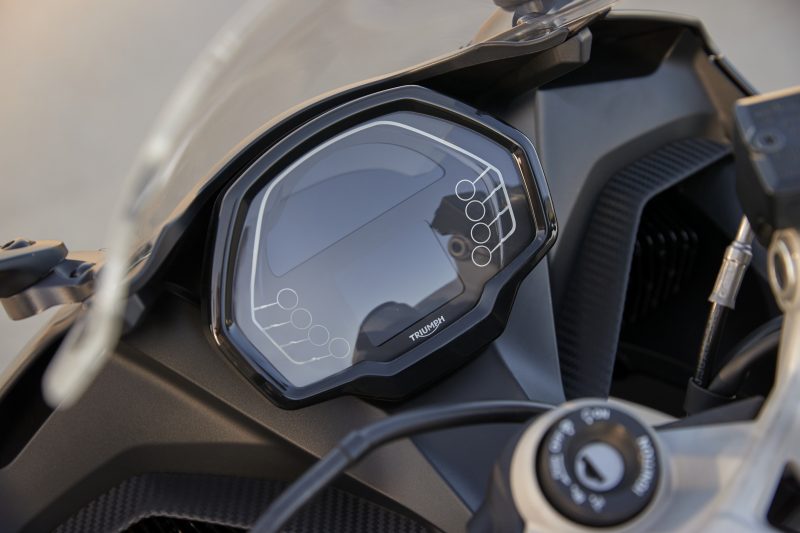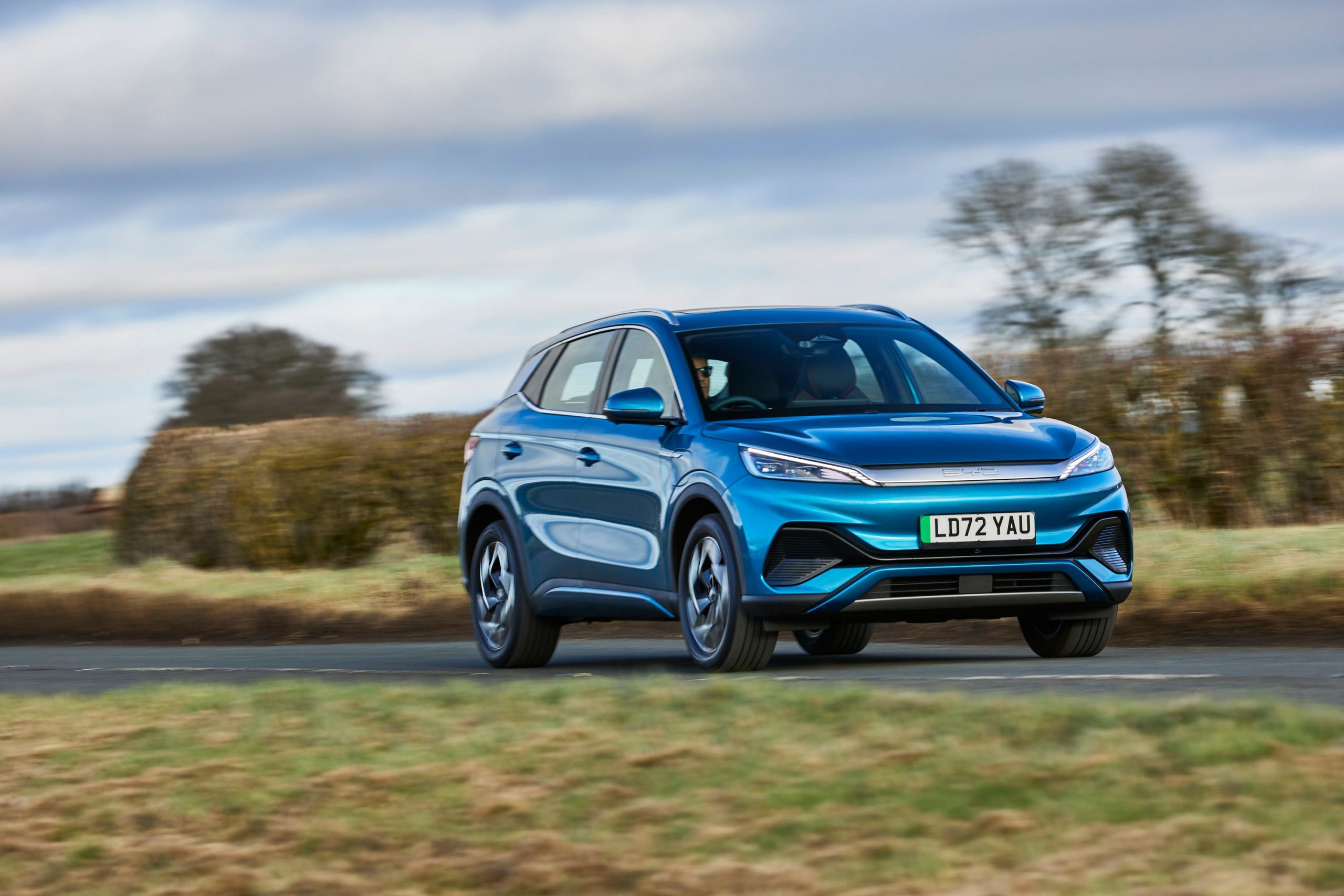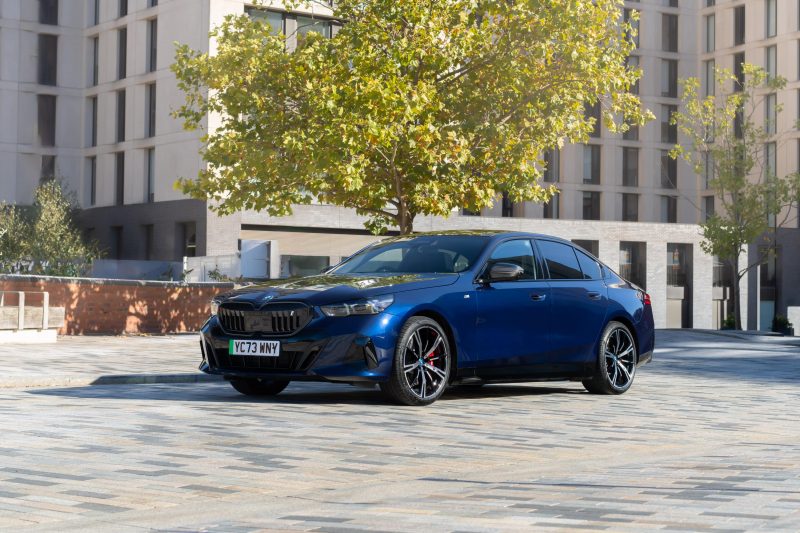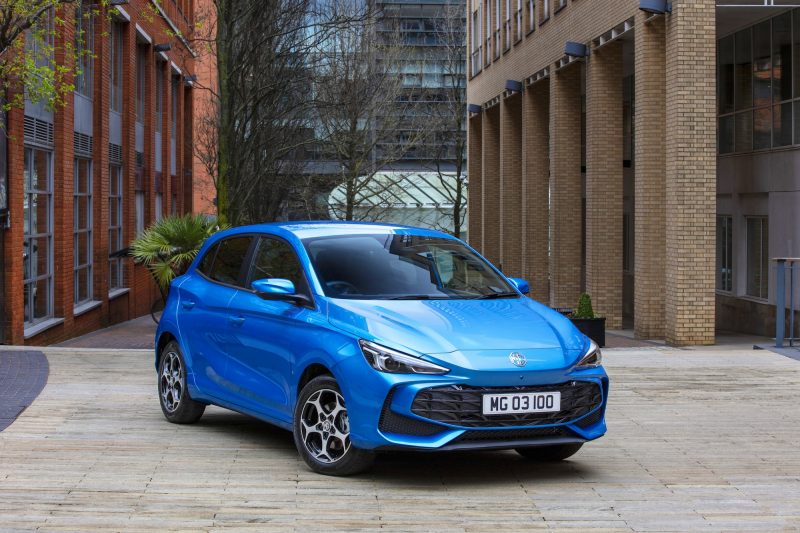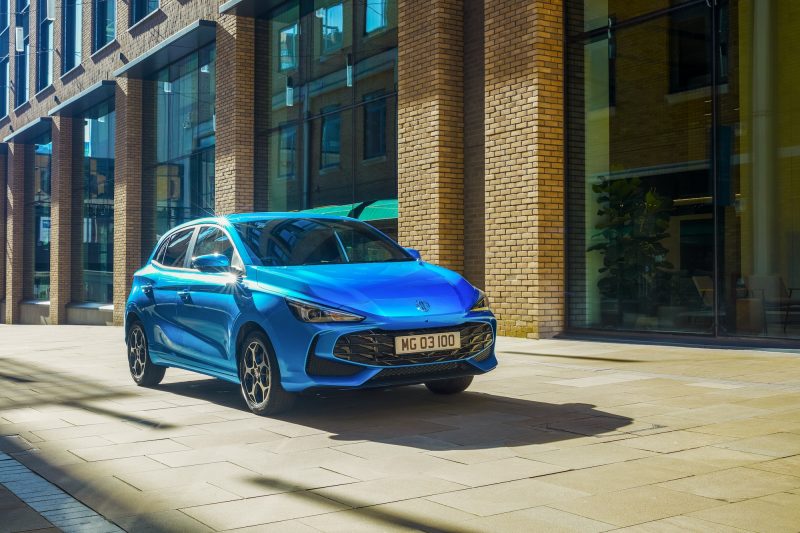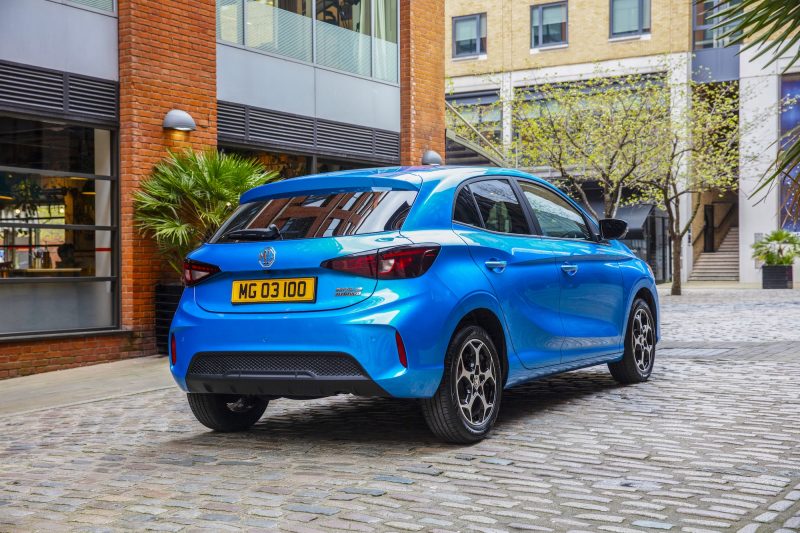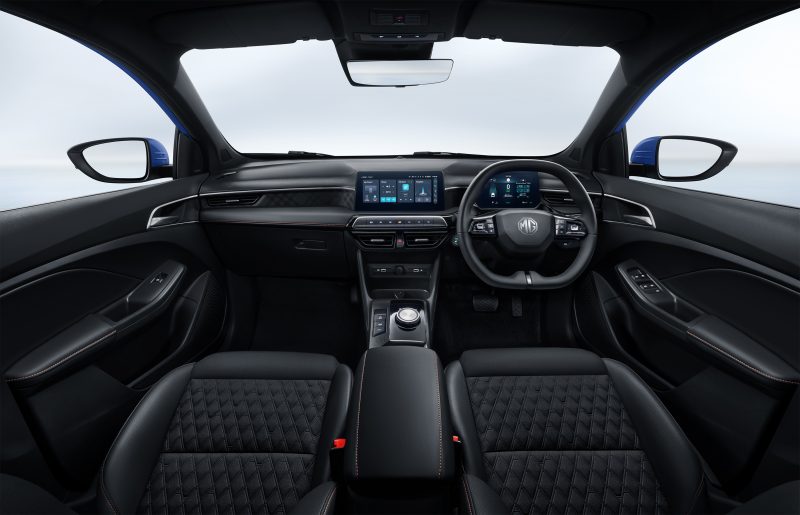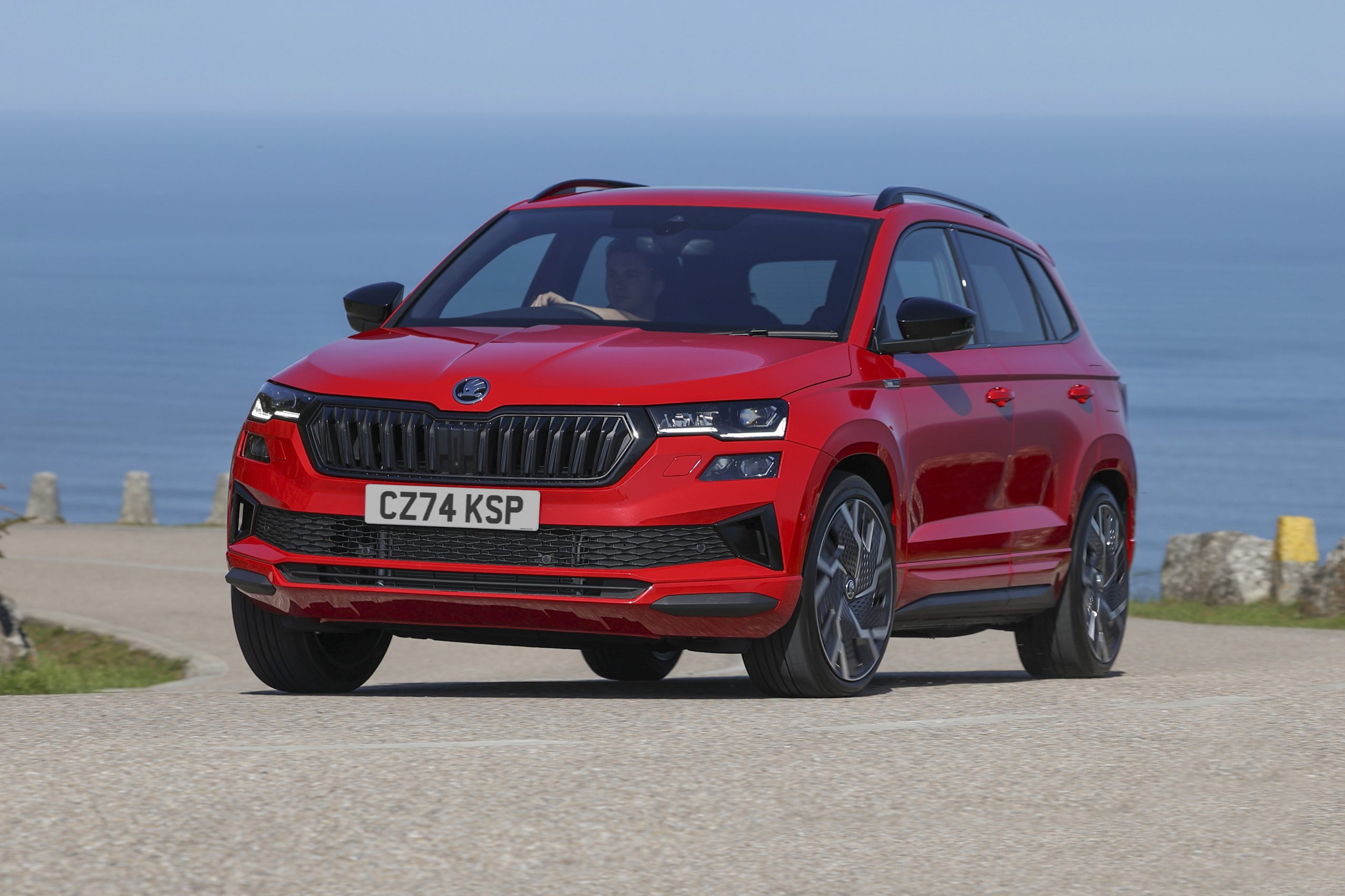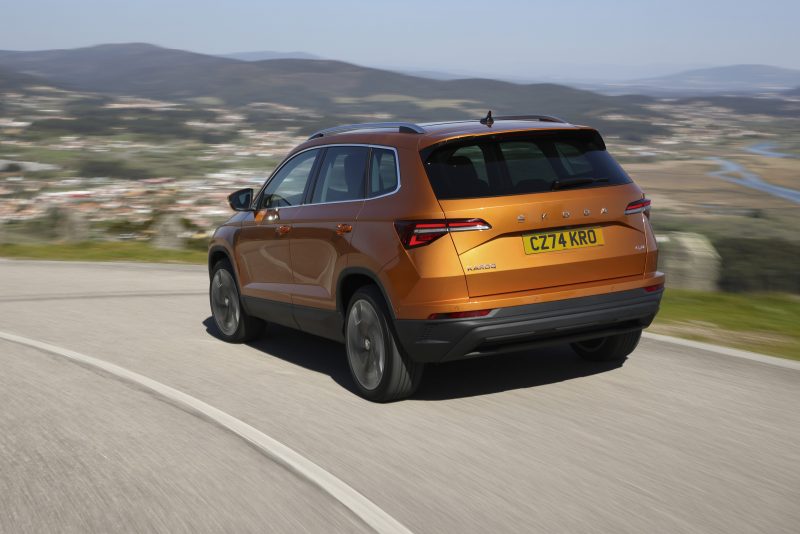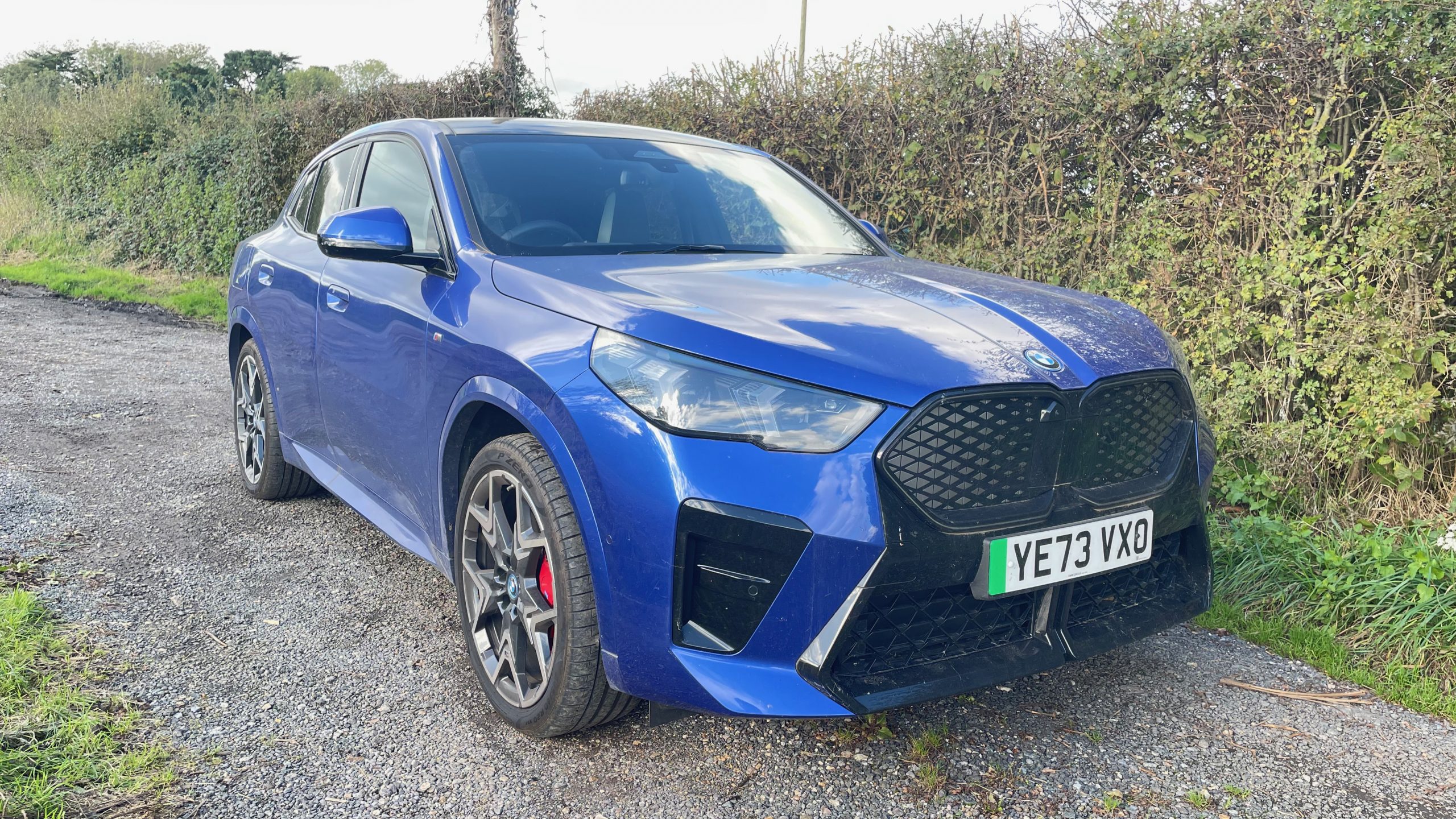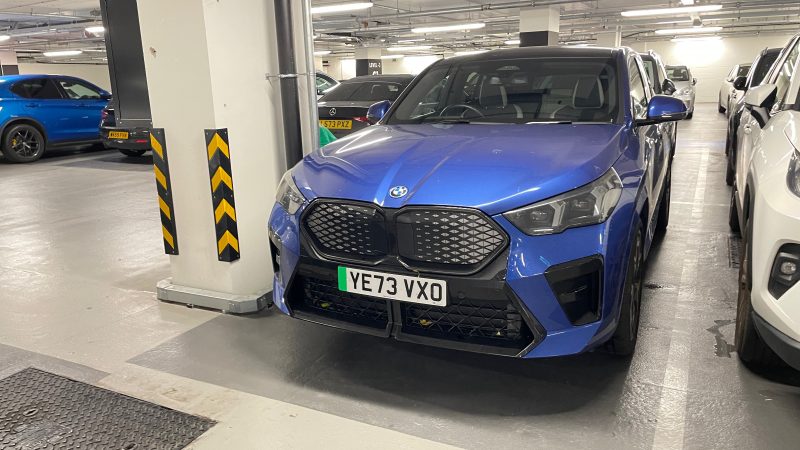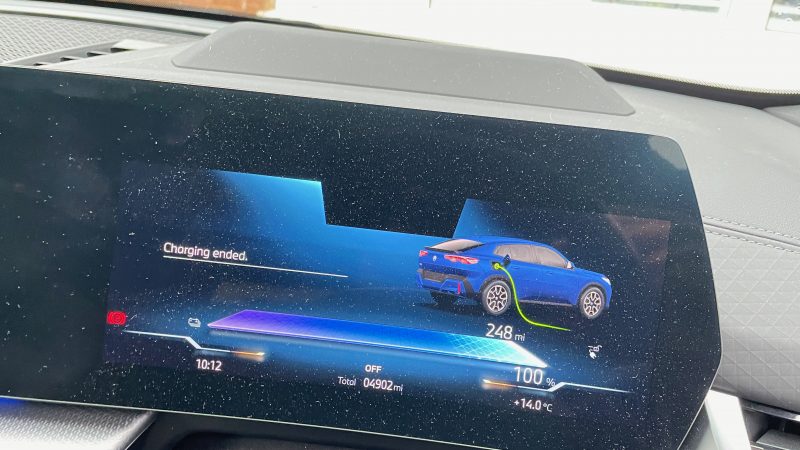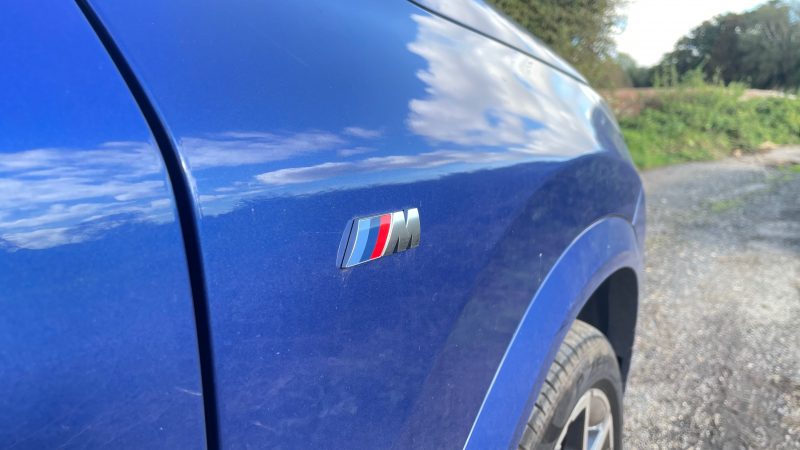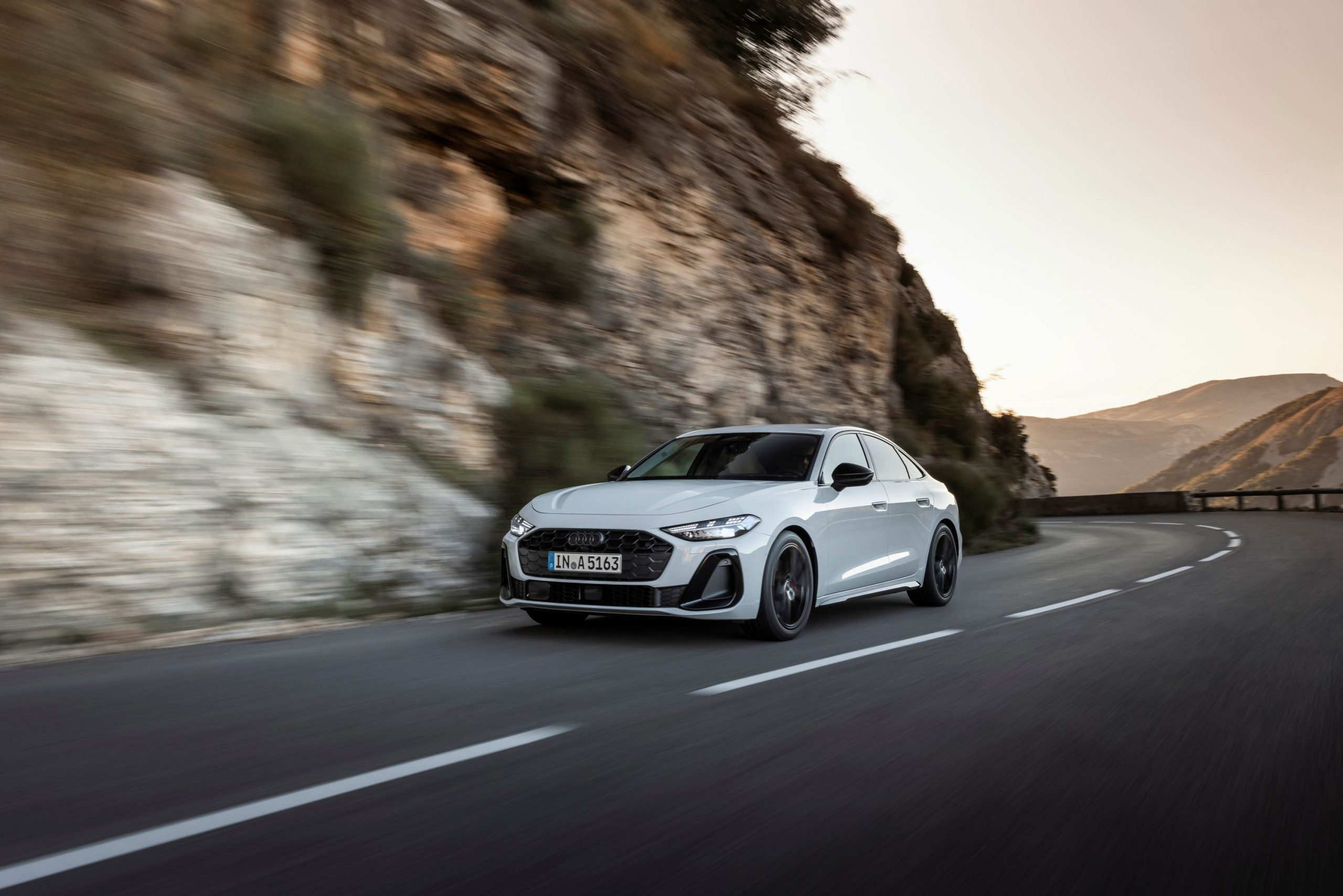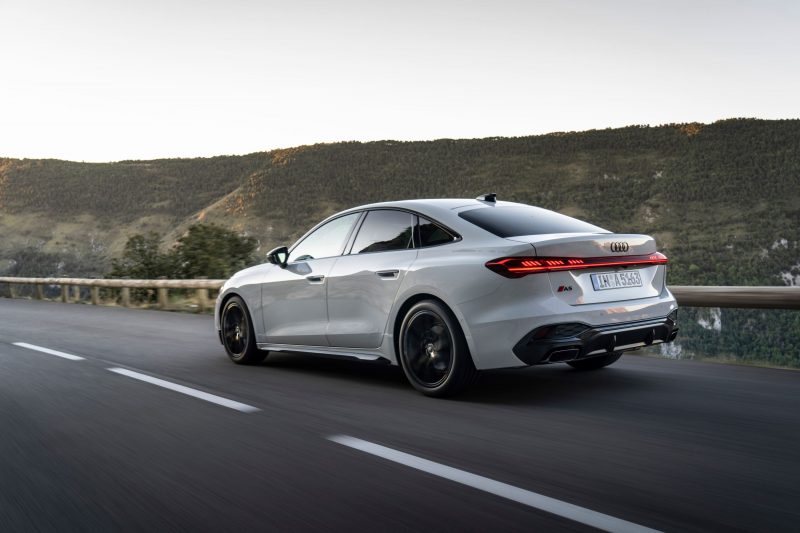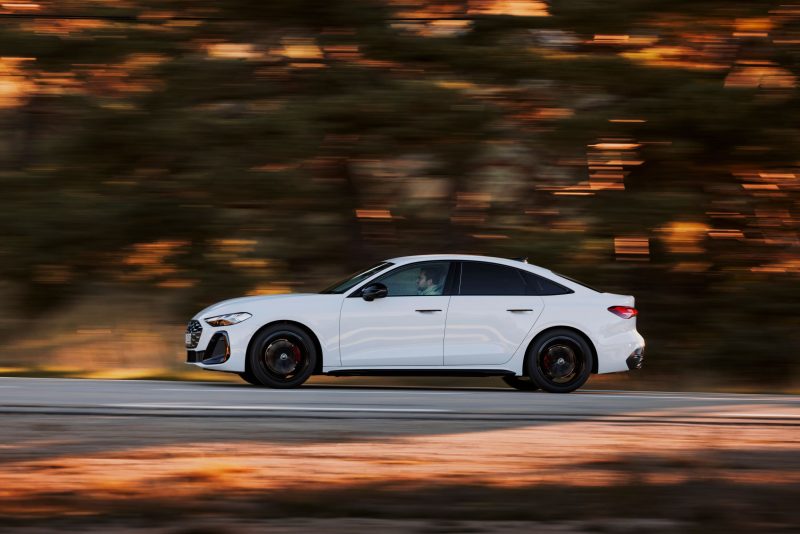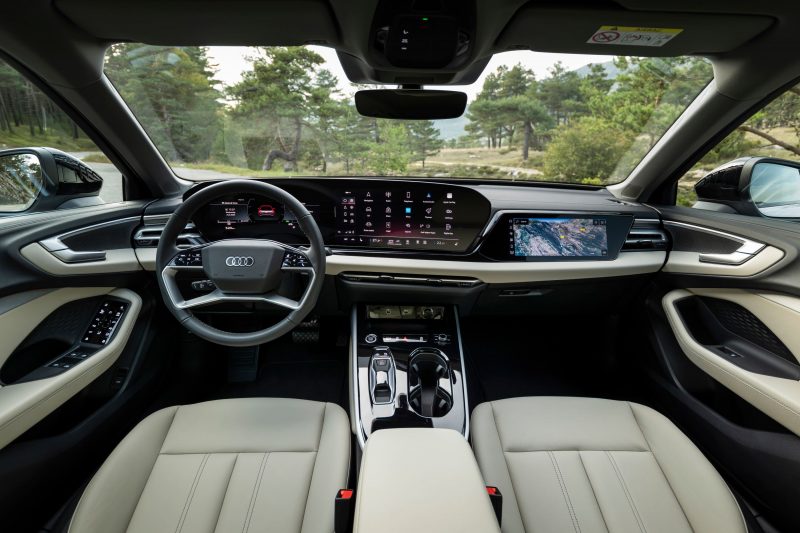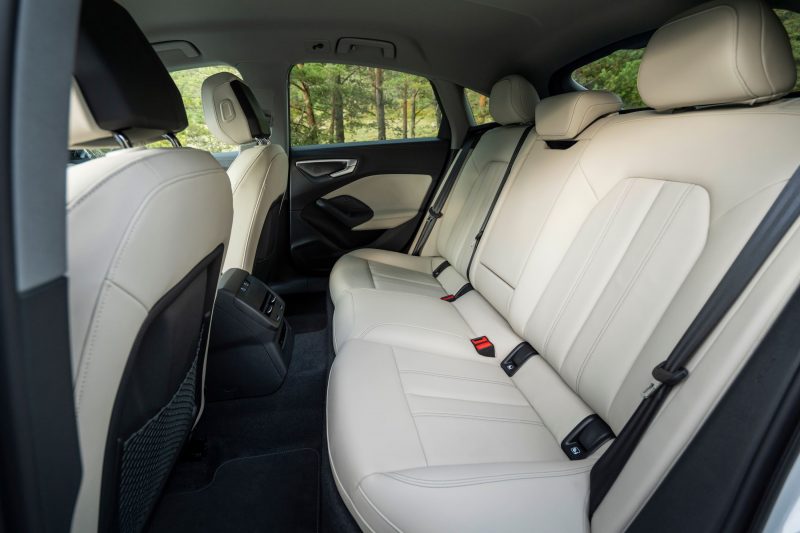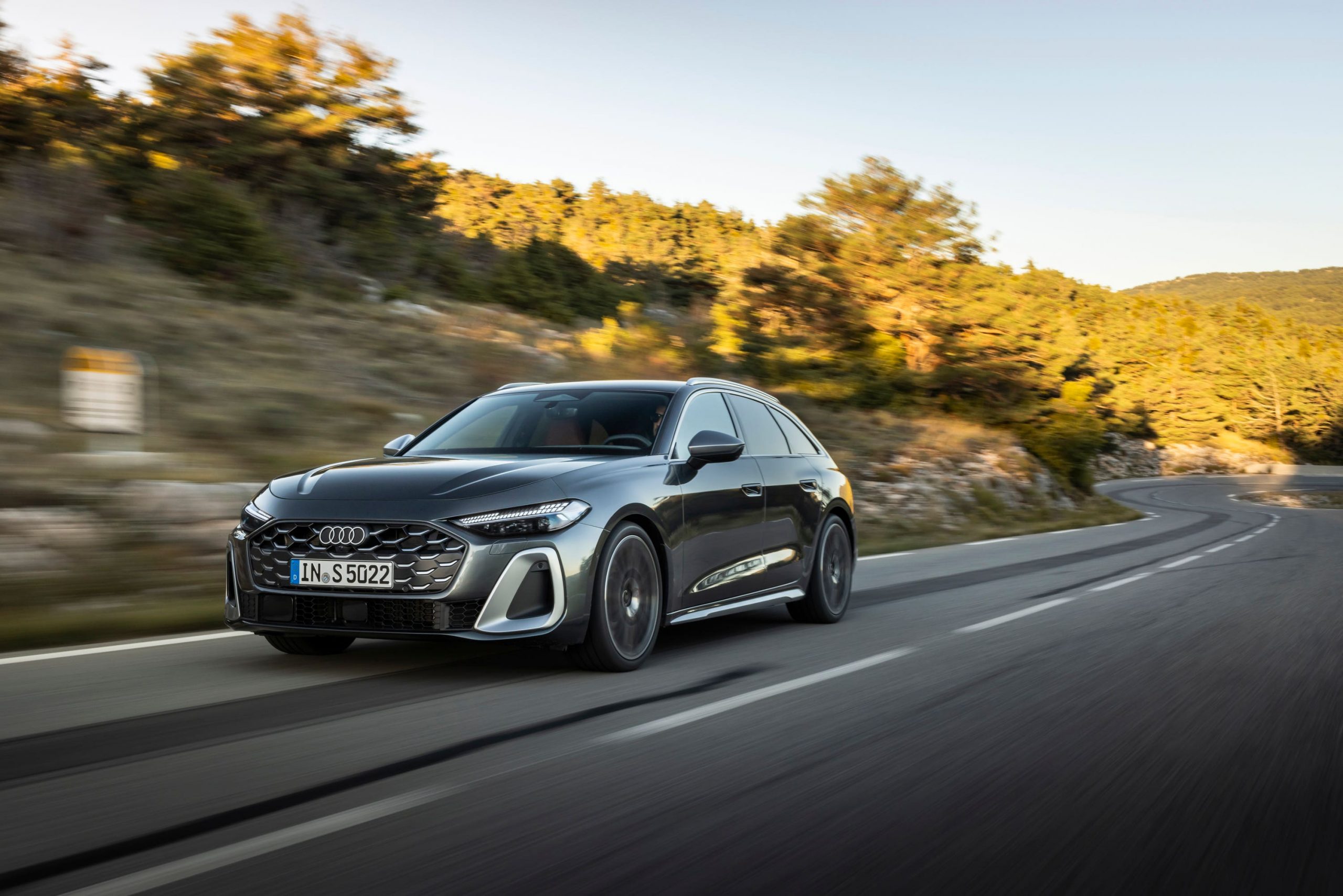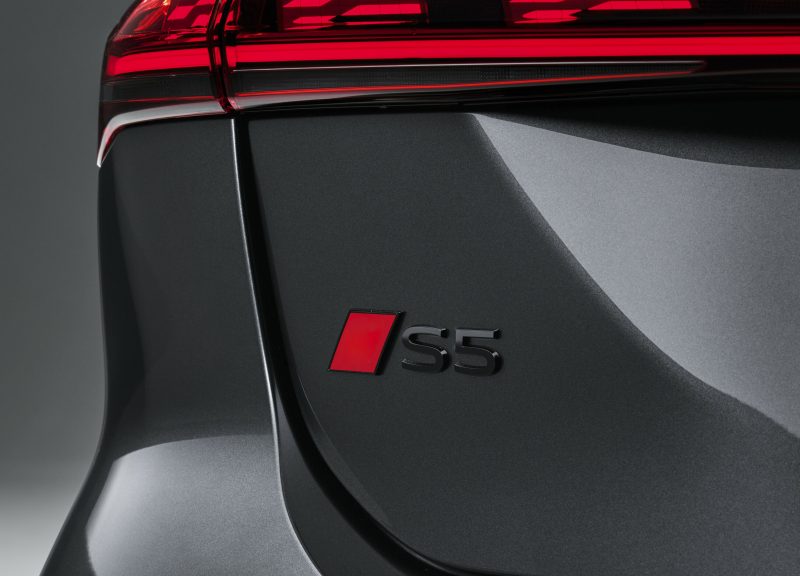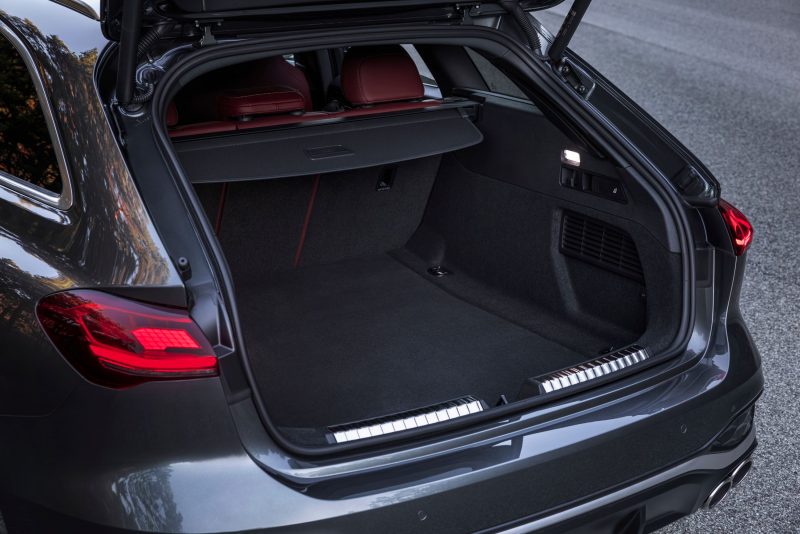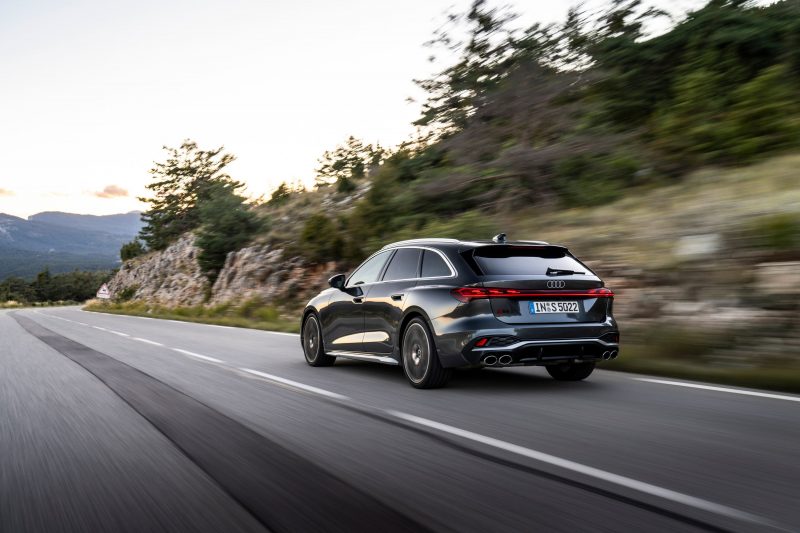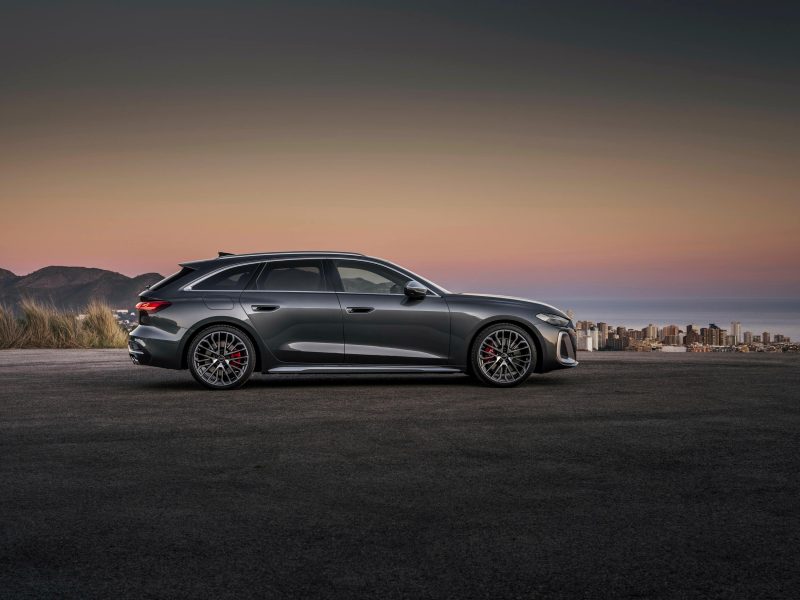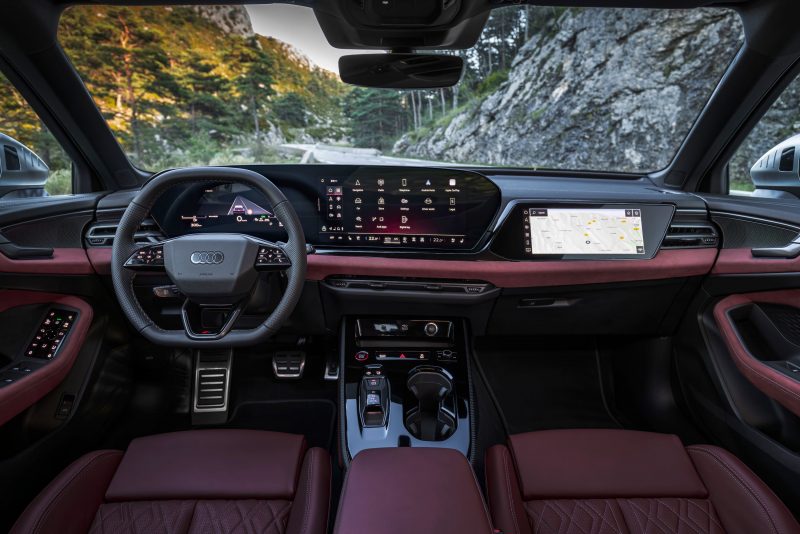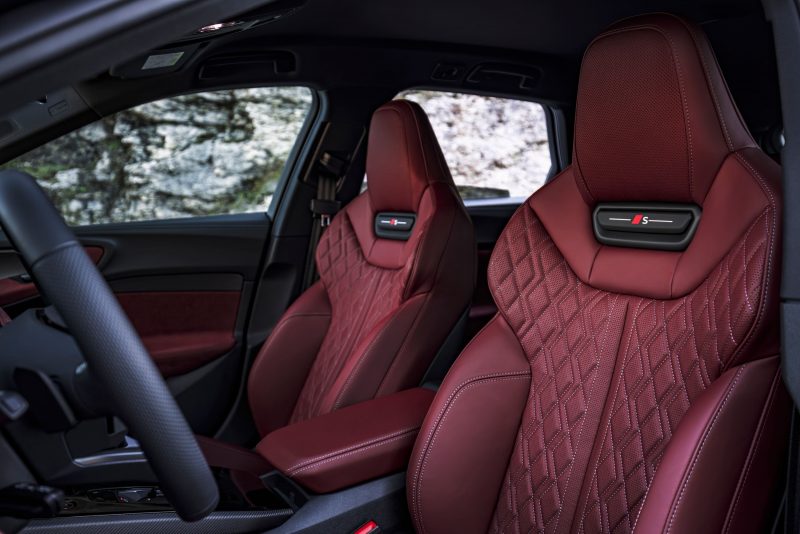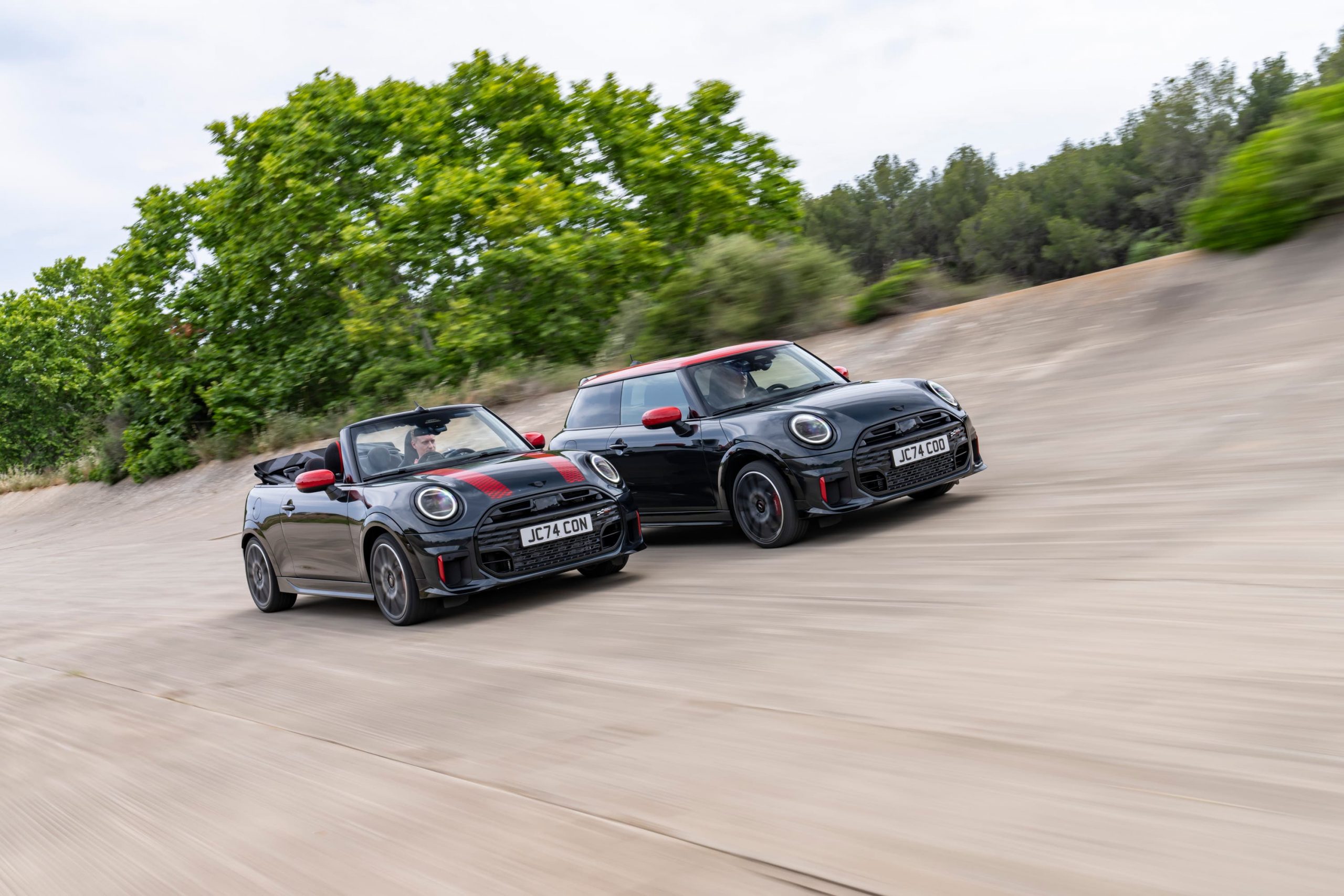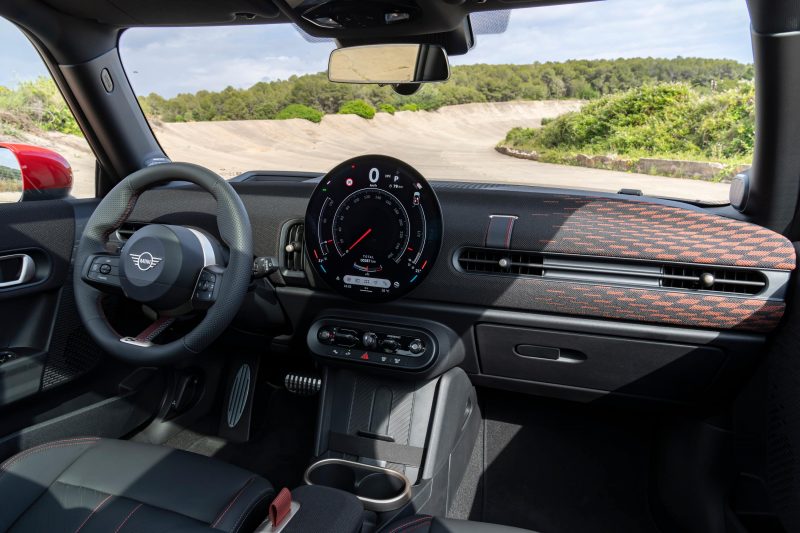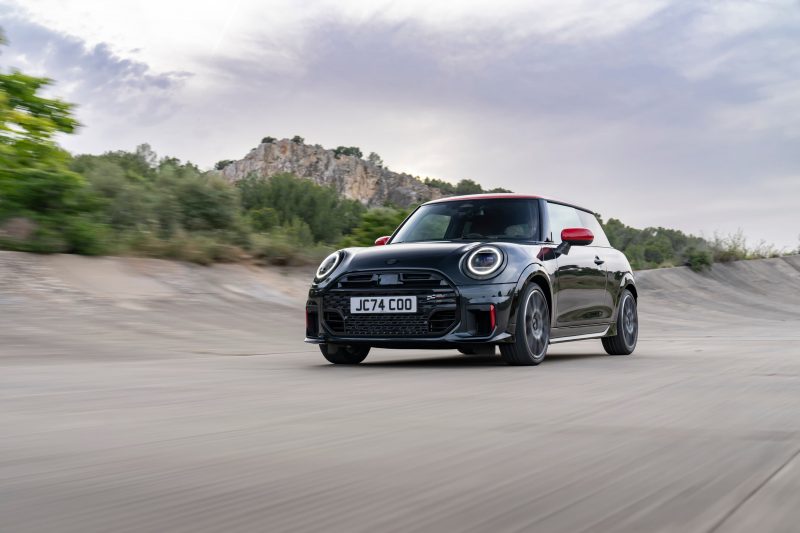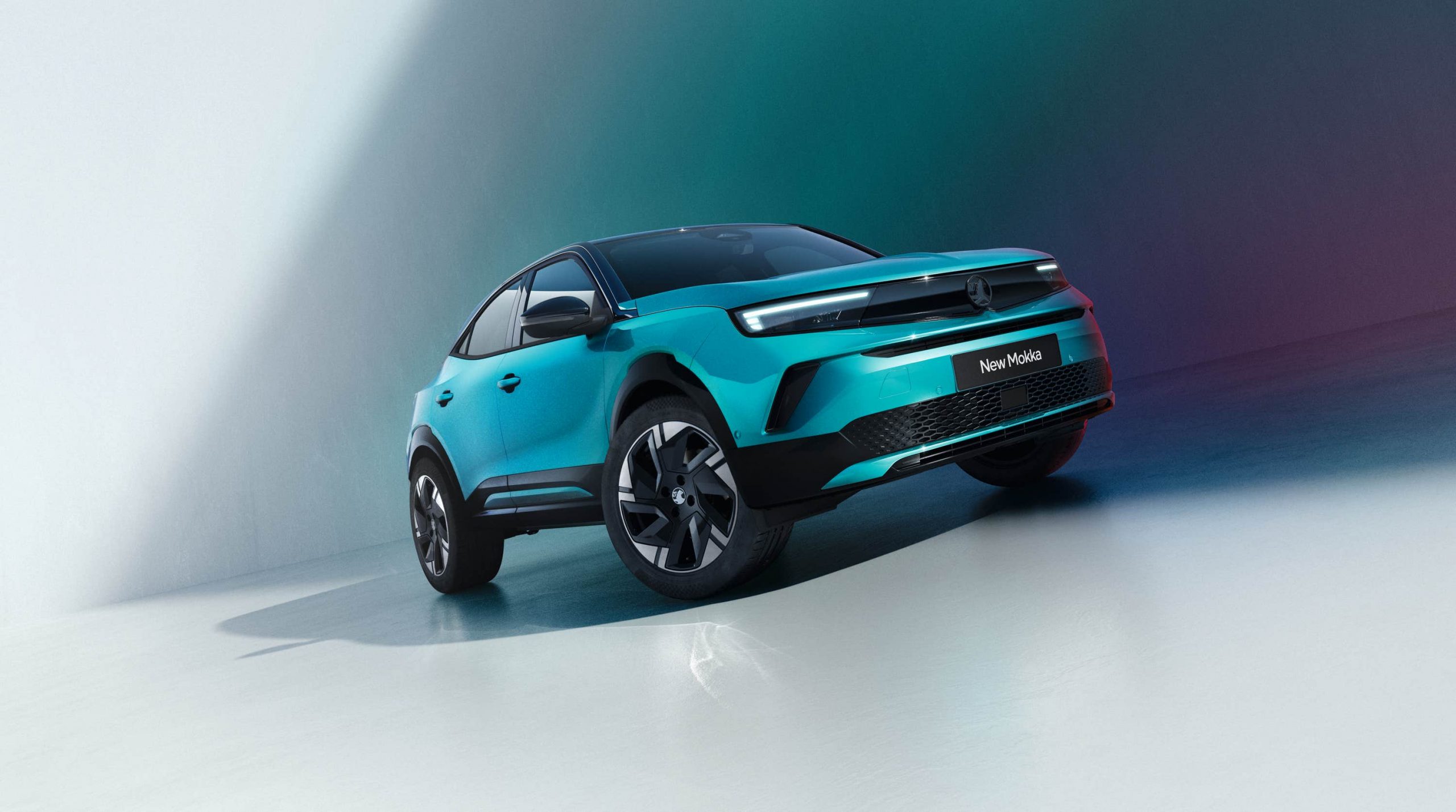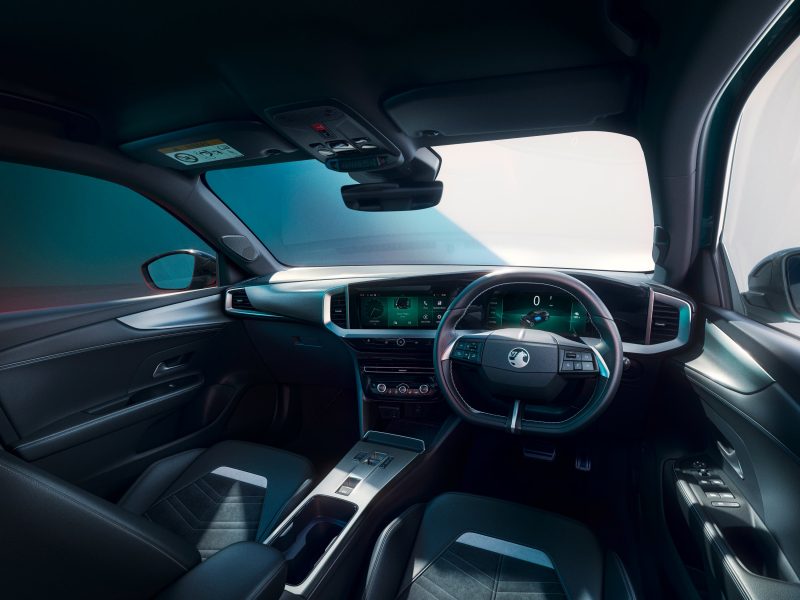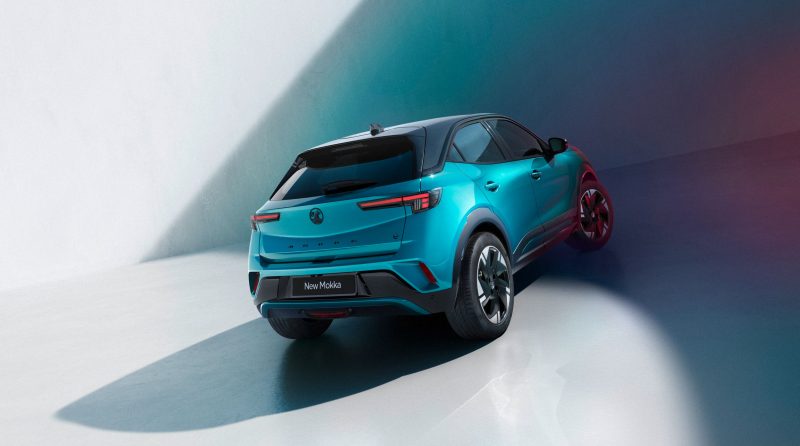As the darker months close in with less daylight, the roads become more hazardous and we rely on our vehicles even more.
Winter is quickly approaching and with longer nights, shorter daylight hours and the possibility of grit on the roads, it’s a time which can prove tough for cars.
Winter is one of the most hazardous times of the year for driving a car. Not only that, but the turn in weather conditions means that accidents are far more frequent and unless you prepare yourself and your car – it could happen to you.
So, to make you and your car fully prepared this winter, here are some tips to make sure you stay safe and away from any mishaps.
Ice Scraper
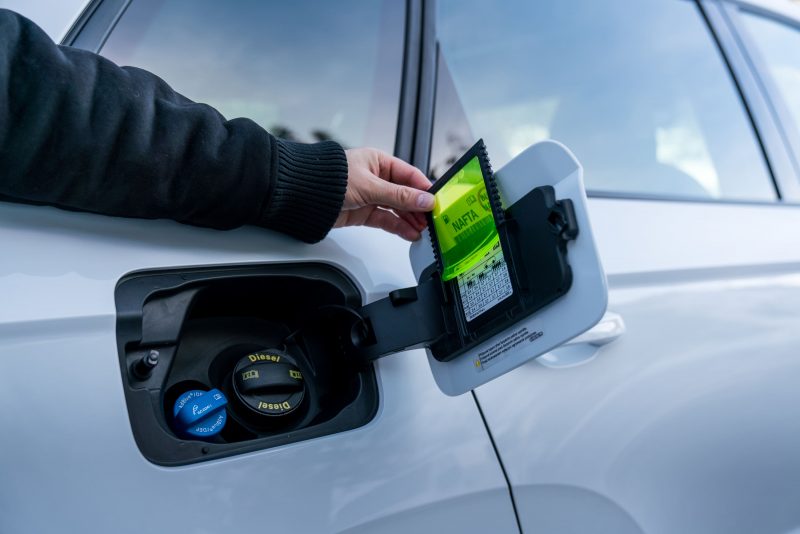
A cheap and easy way to make sure you’re not late for work is an ice scraper. It will quickly and effectively clear the sheet ice on your vehicle’s windows without damaging the glass and will allow you to get on the road in a short space of time.
They are compact, cheap to buy and can be stored anywhere in your car – or if you buy a Skoda, you get one built into the fuel filler door.
De-icer
De-icer, as the name suggests, is another quick and easy way of removing ice and snow from the windows of your car.
Unlike an ice scraper, a de-icer spray is used to burn through the frost and will prevent it from icing up again for some time thanks to the use of the chemical ethylene glycol. As water has a freezing point at zero degrees, de-icer can dissolve a frozen windscreen from as low as -12-degrees – making it a quick and easy solution to those cold and crisp mornings.
Winter tyres
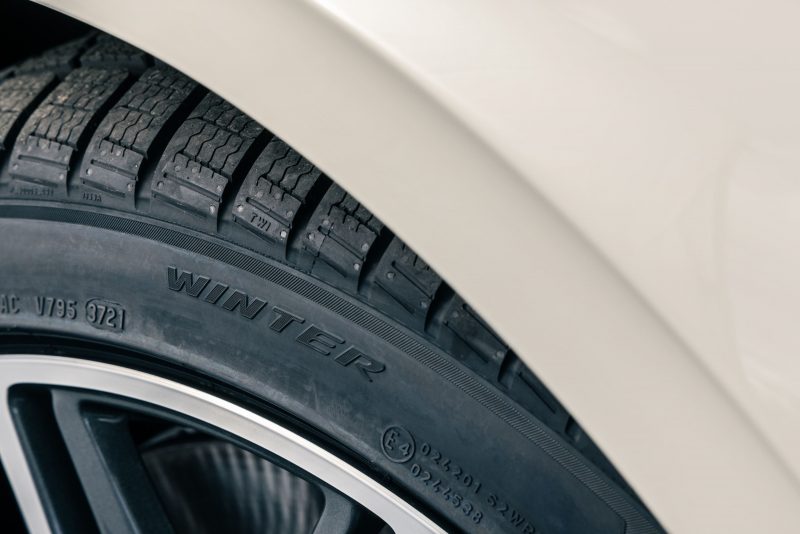
Not everybody wants to spend a few hundred pounds on some new rubber for their car. But, if you live in an area that doesn’t have a lot of gritted roads or steep inclines which can get icy and dangerous, then winter-specific tyres can have a big impact.
They come fitted with chunkier tread patterns and are ideal for cars with four-wheel-drive and will save you the bother of getting stuck or losing grip at the most unpredictable time. Plus, winter tyres get a specific compound which allows them to grip the road more effectively at lower temperatures when compared with a typical summer tyre.
Phone chargers

Always carry phone chargers with you because in the event of a breakdown, accident or if you get stuck having your mobile fully topped up will save you a whole load of hassle.
It can also be very dangerous to drive around in the winter with limited battery life on your phone because in an emergency situation your mobile phone is your best friend. Most modern cars also come with wireless charging pads, however, they are not as reliable or fast to charge as a traditional USB or USB-C wire.
Check fluid levels on your vehicle

One of the most sensible and simplest things to do is to have a basic maintenance check or even a service before driving this winter. Check the vital fluids under your bonnet such as coolant, brake fluid, engine oil and washer fluid.
If you don’t, you could land yourself at a higher risk of breaking down or damaging your engine. If you’re unsure, another good solution is to take your car to a garage and get it fully serviced before using it this winter. That means that it will give your car a clean bill of health, while also benefiting from fresh engine oil, brake fluid, coolant and even a top up of screen wash.
Take a hat and scarf

It may be wise to invest in some simple winter gear just to take with you on your travels. When driving in the winter, your car will take longer to warm up and therefore will take longer for the heater to start blowing in warm air.
Keeping a hat and scarf in your car are quick and effective ways of staying warm when driving. Staying warm will make it easier for you to concentrate as being cold behind the will could cause you to lose focus and bring a greater risk of an accident. If an accident were to occur during colder weather, then a small number of warm clothes could help to keep the cold at bay when stuck at the roadside, too.
By Cameron Richards


